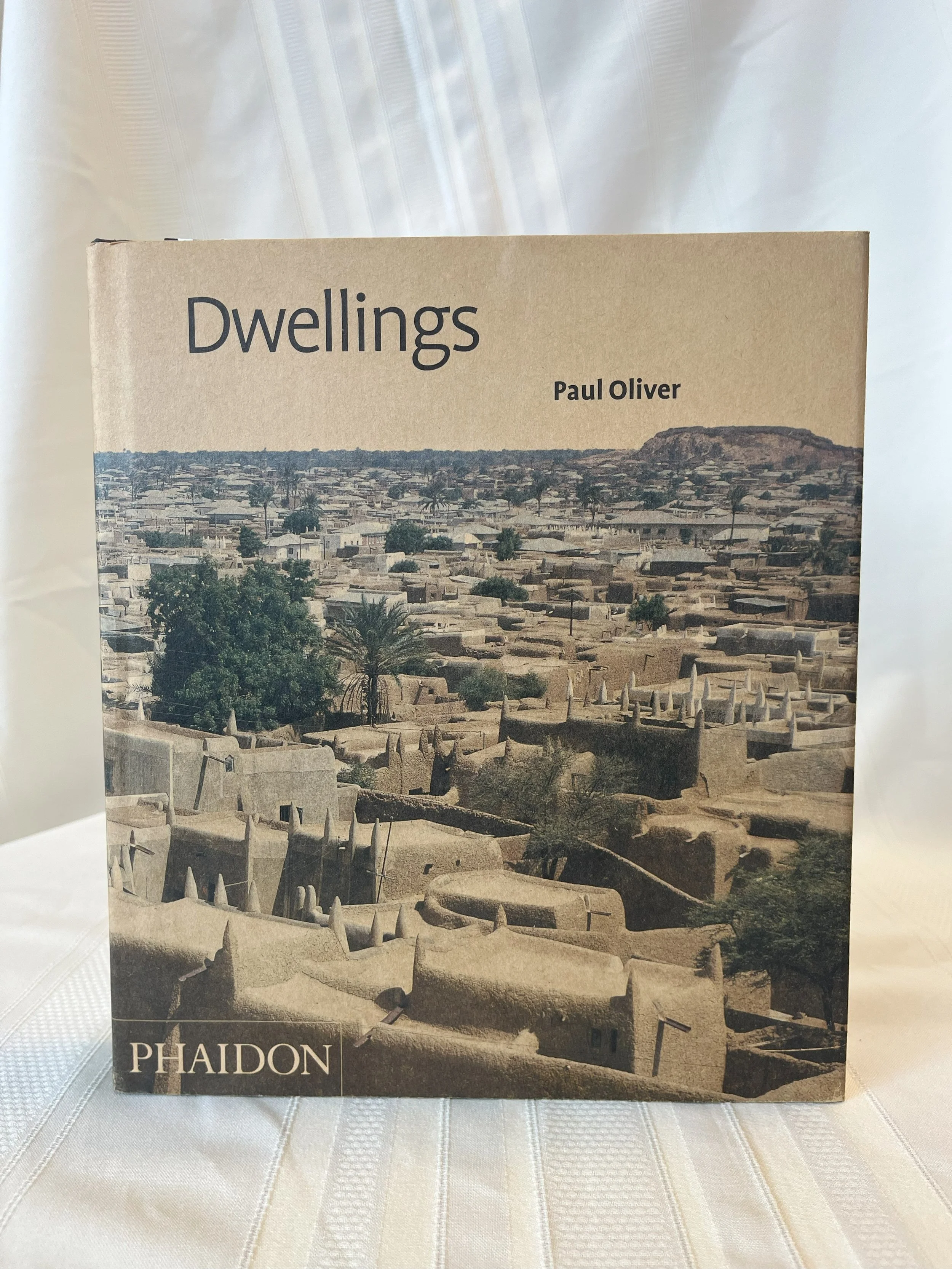 Image 1 of 13
Image 1 of 13

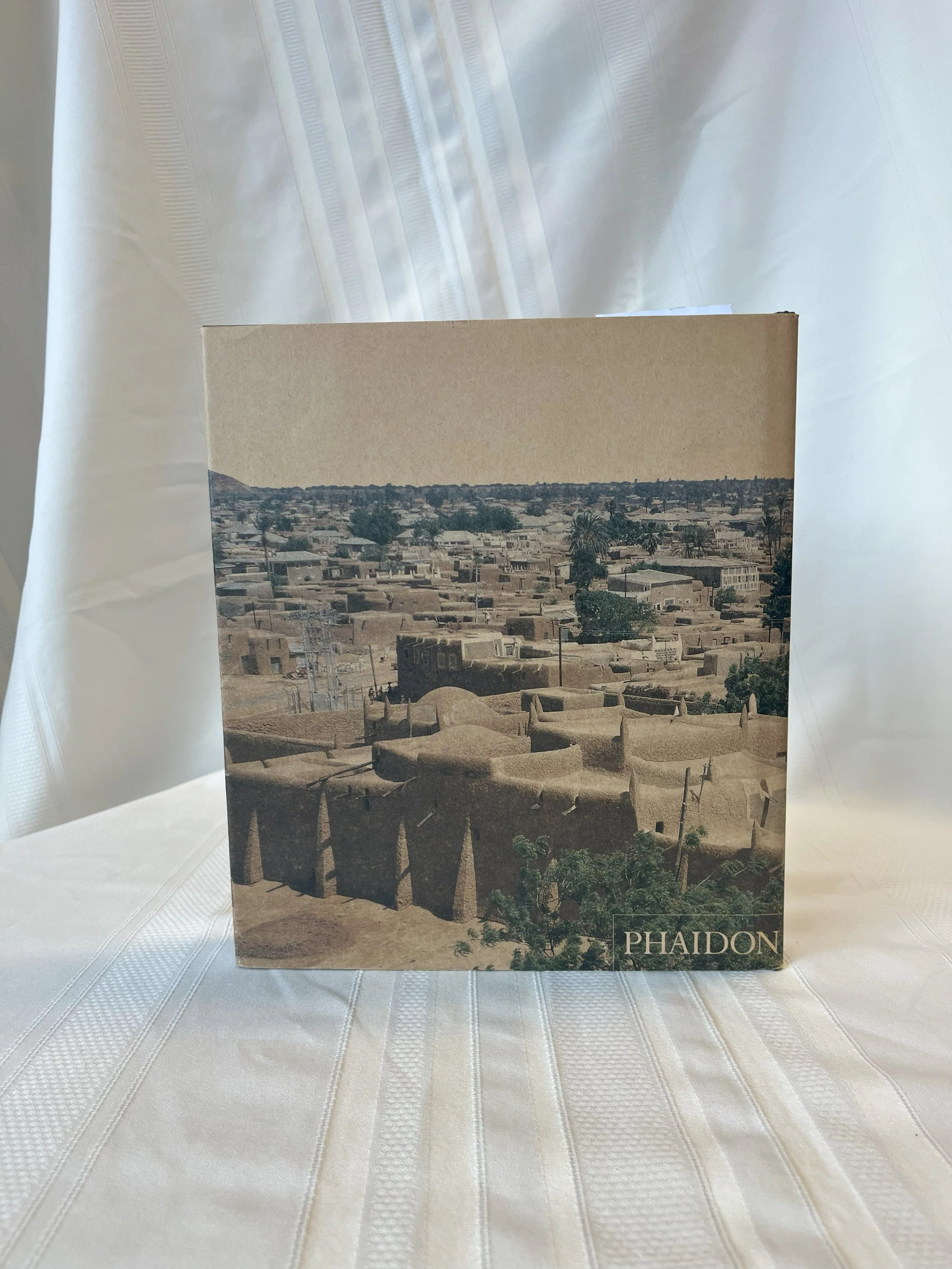 Image 2 of 13
Image 2 of 13

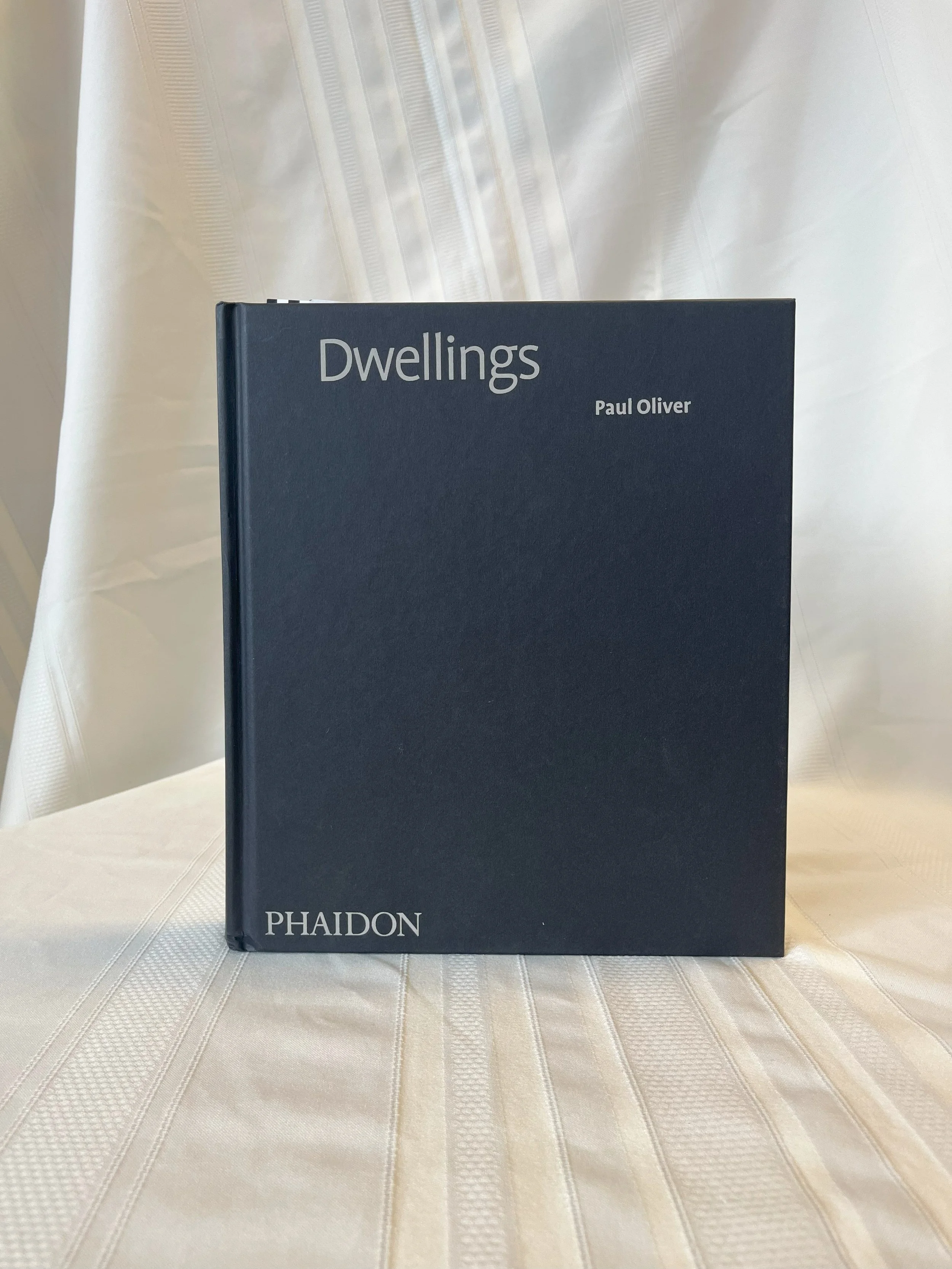 Image 3 of 13
Image 3 of 13

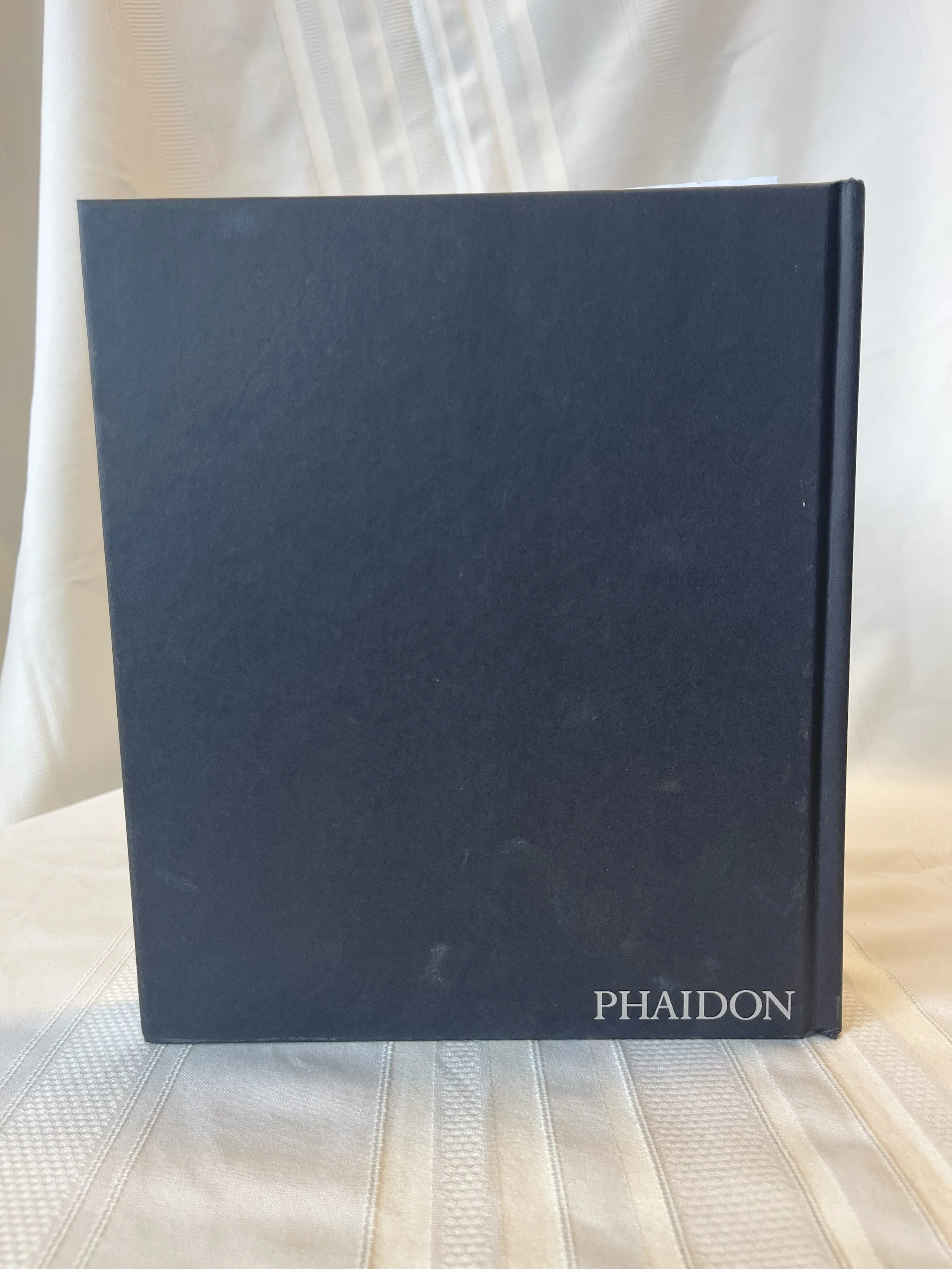 Image 4 of 13
Image 4 of 13

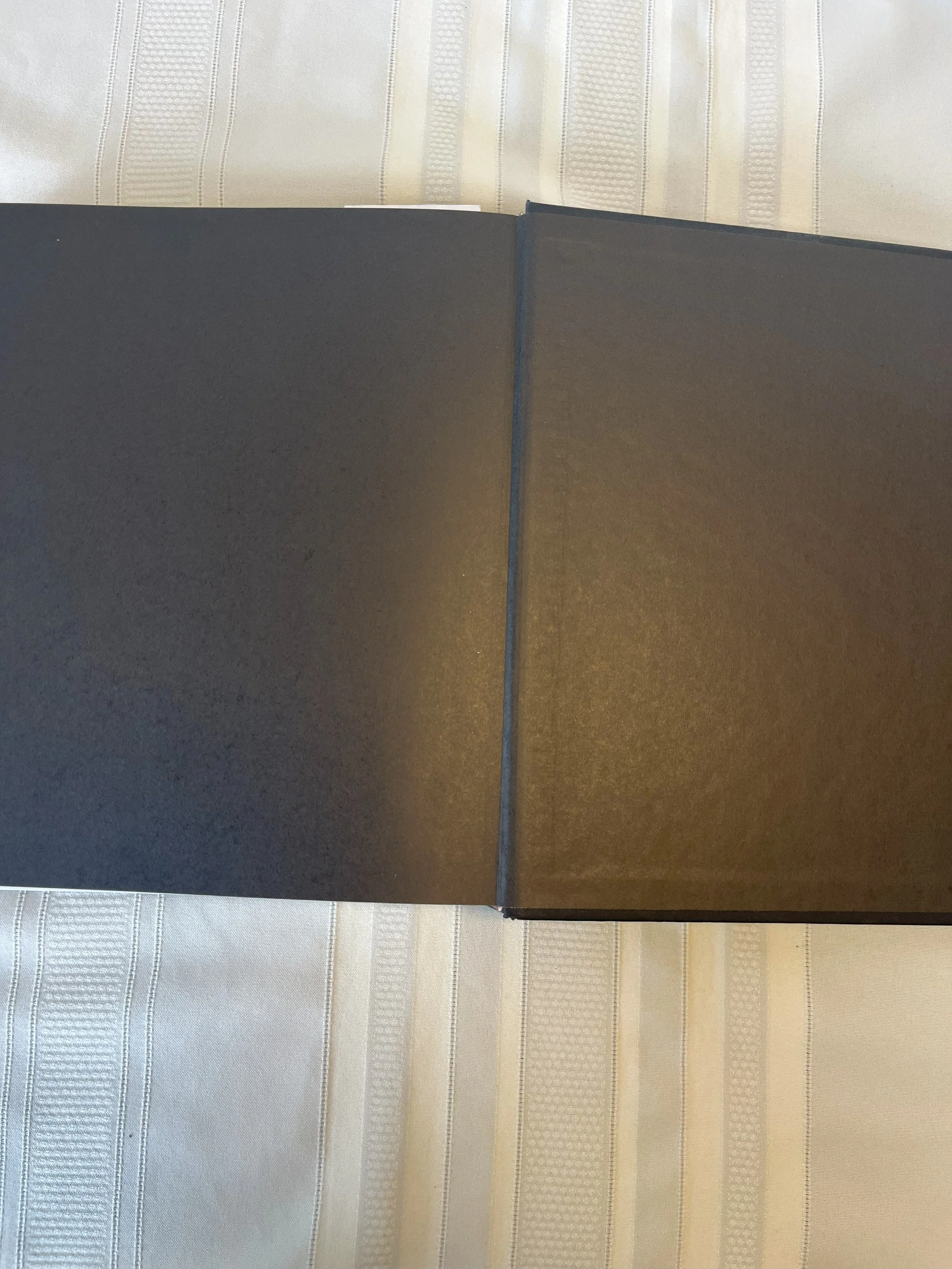 Image 5 of 13
Image 5 of 13

 Image 6 of 13
Image 6 of 13

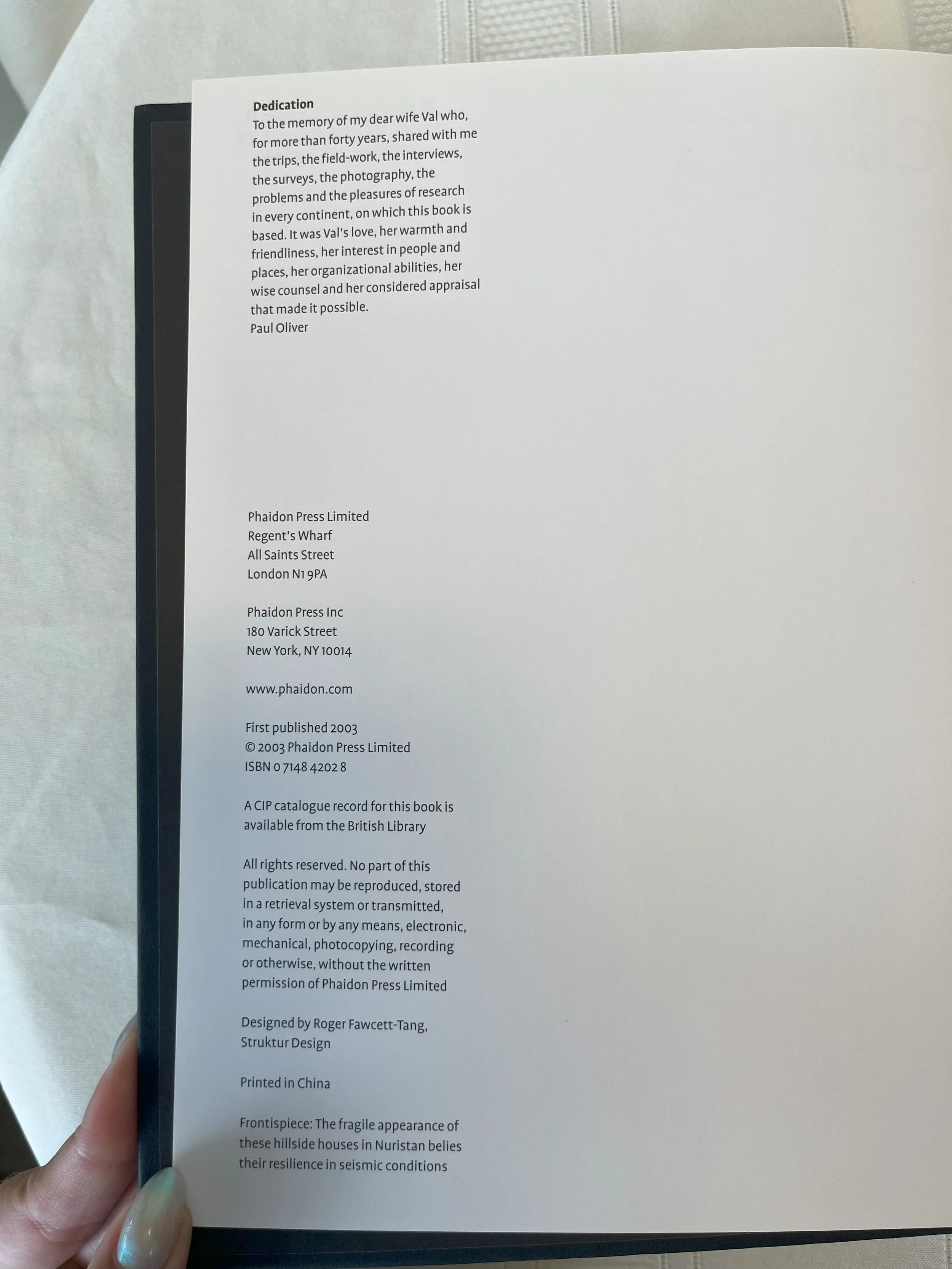 Image 7 of 13
Image 7 of 13

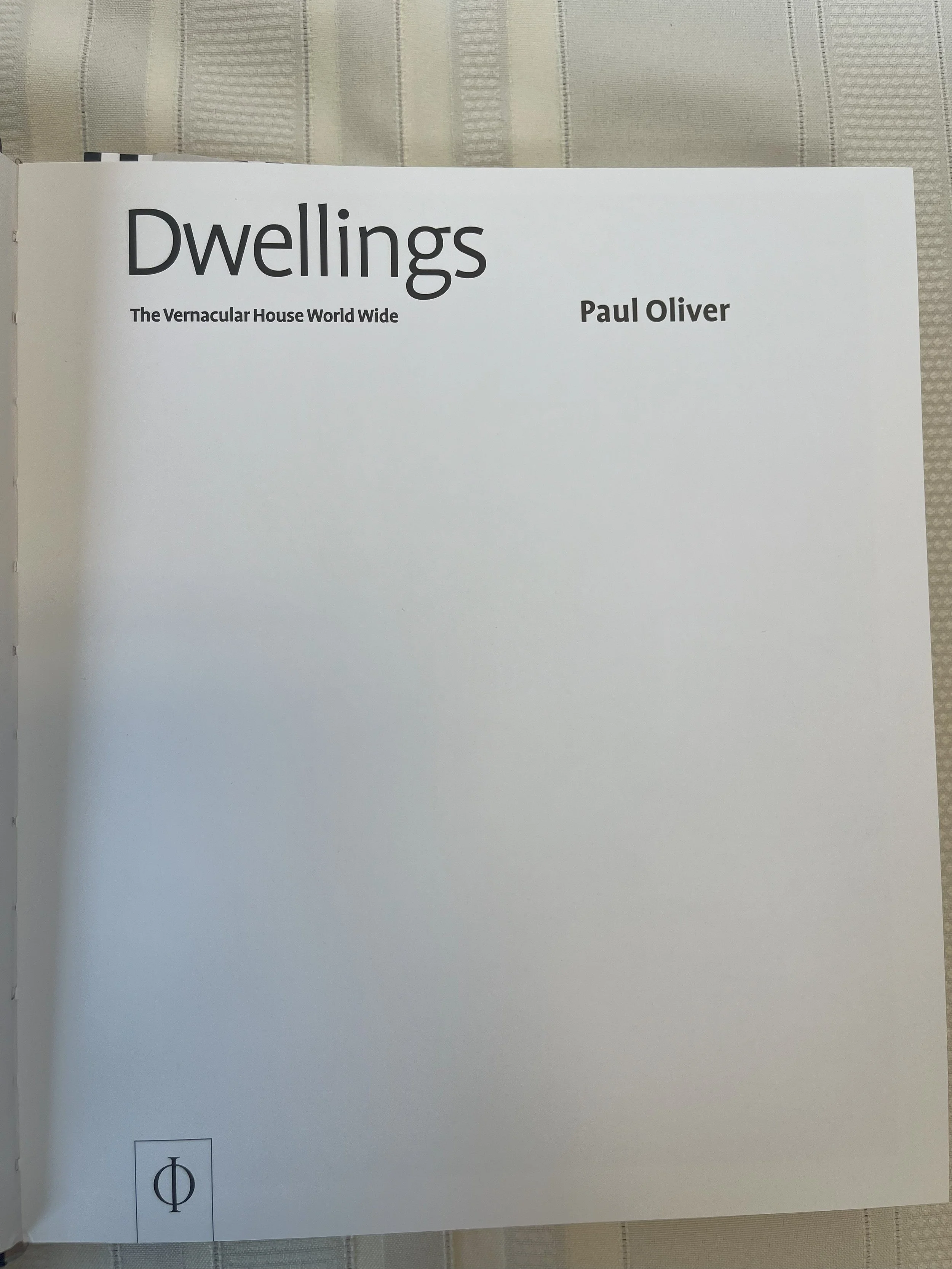 Image 8 of 13
Image 8 of 13

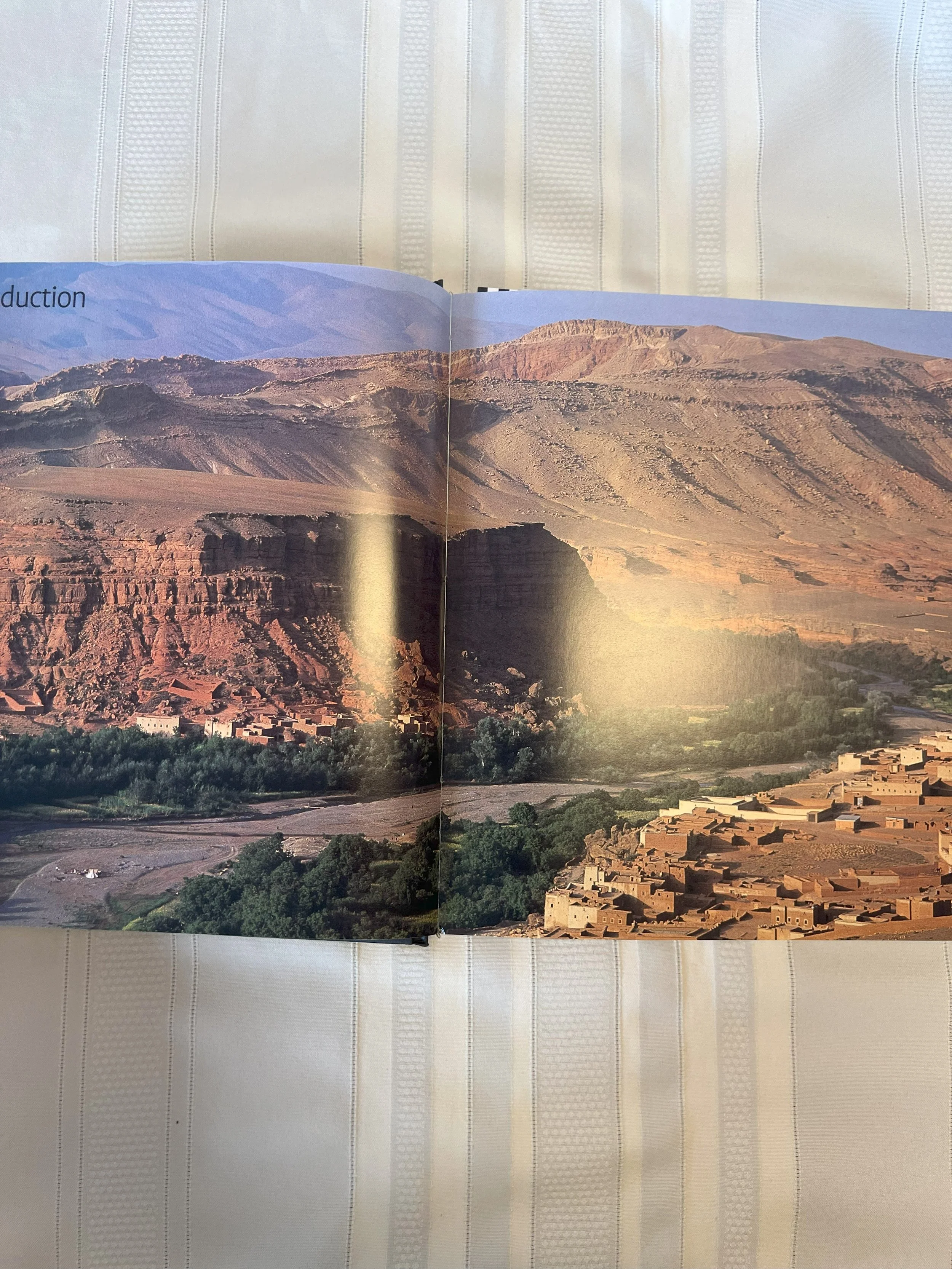 Image 9 of 13
Image 9 of 13

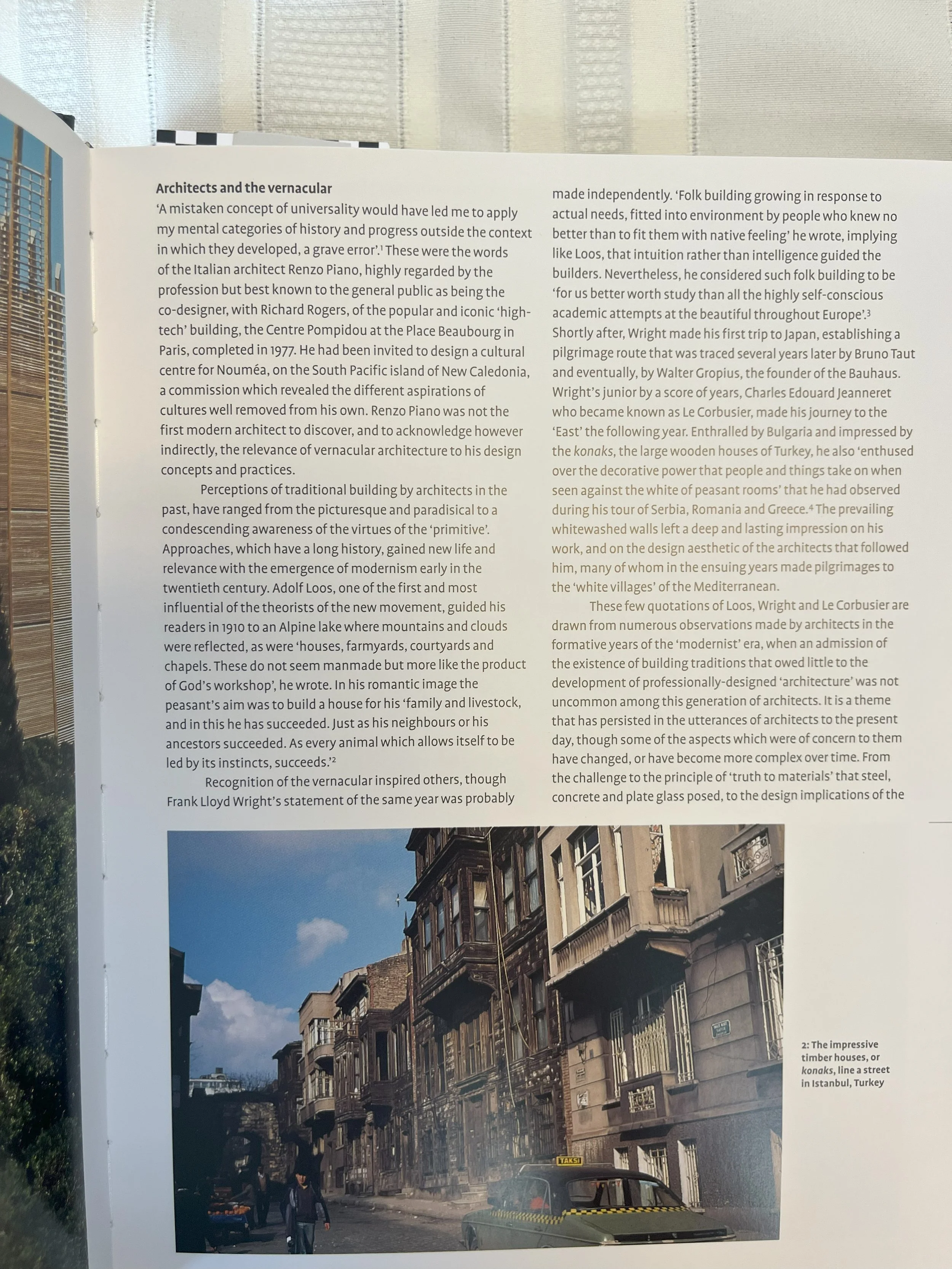 Image 10 of 13
Image 10 of 13

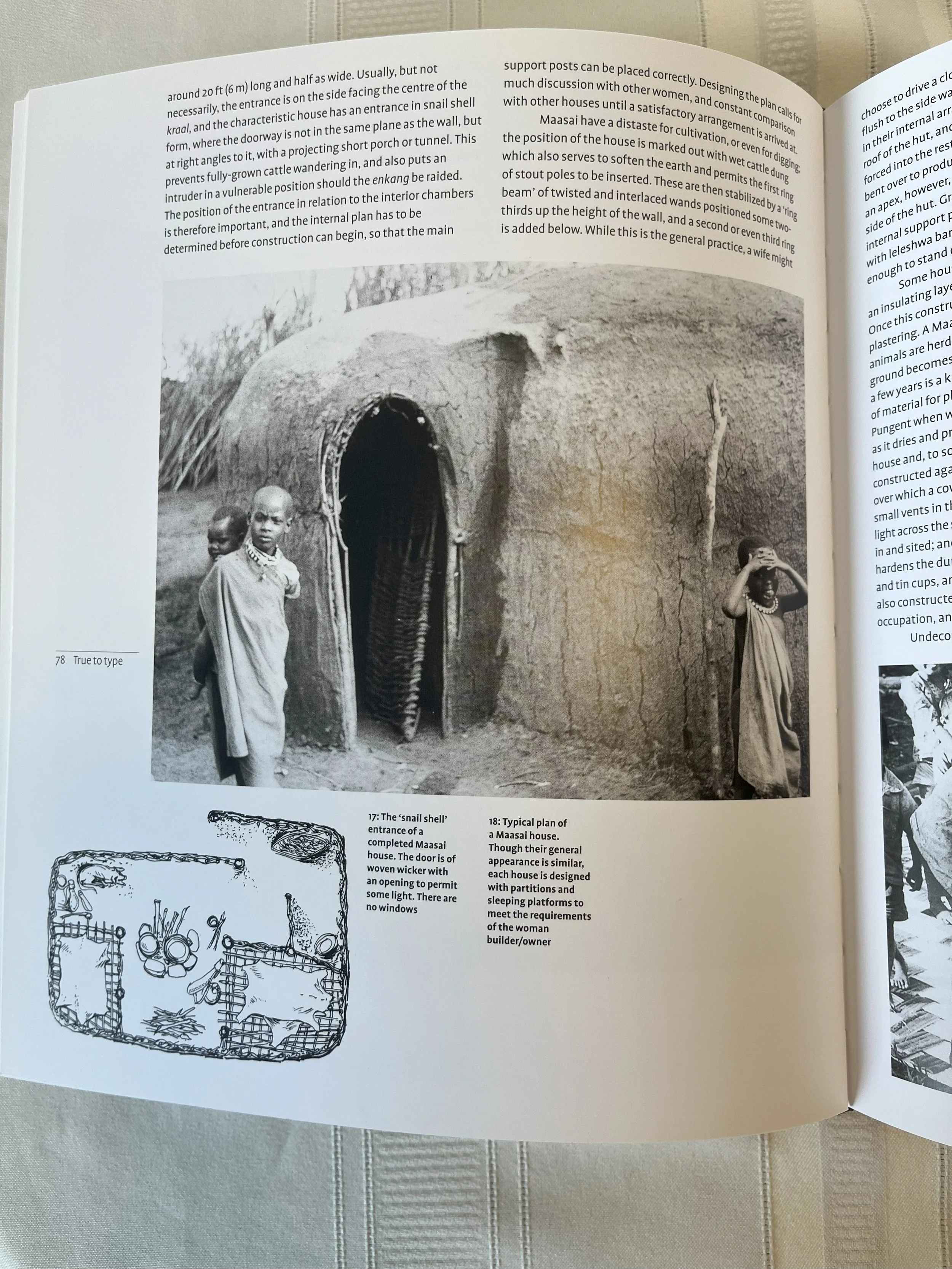 Image 11 of 13
Image 11 of 13

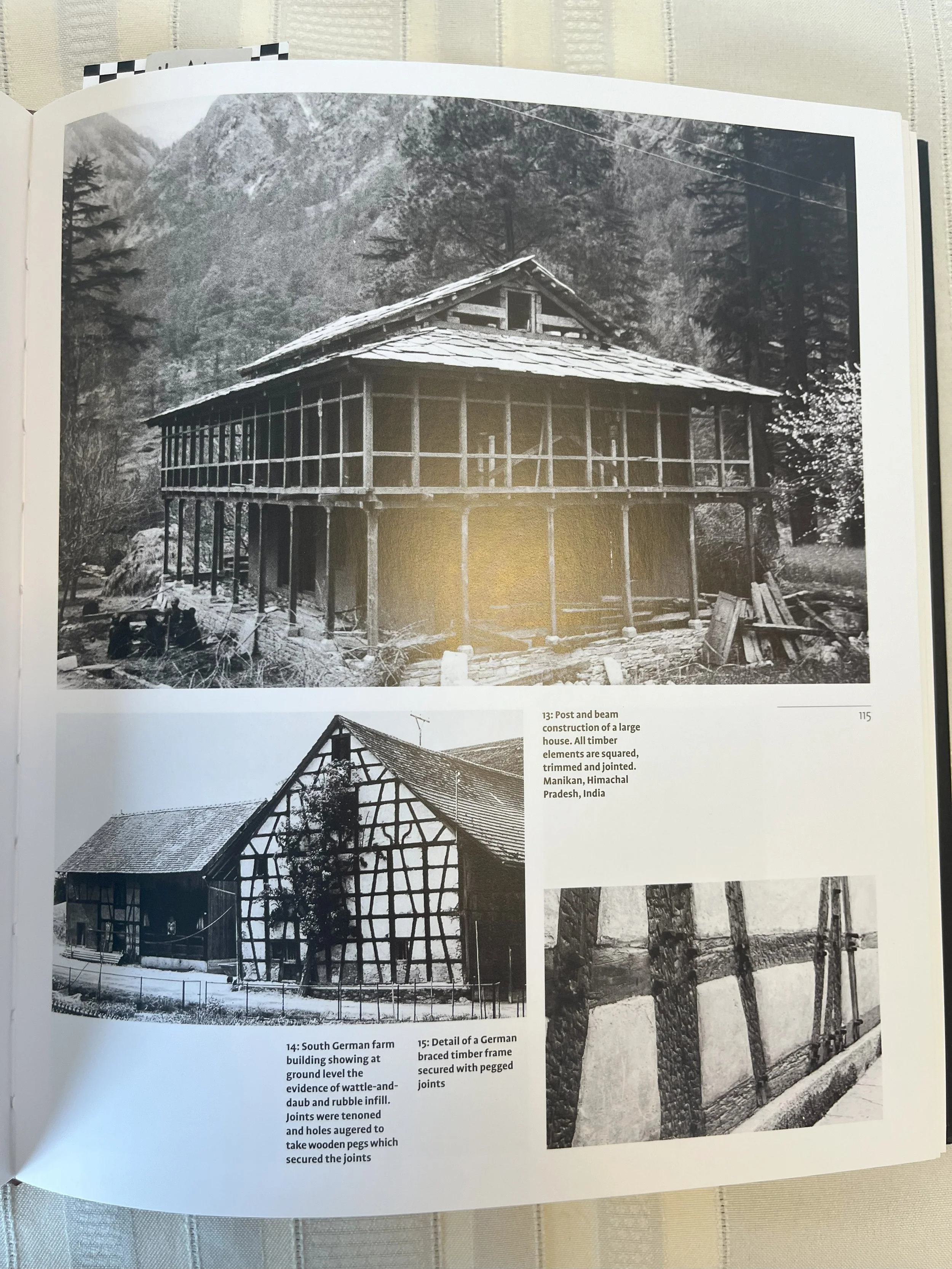 Image 12 of 13
Image 12 of 13

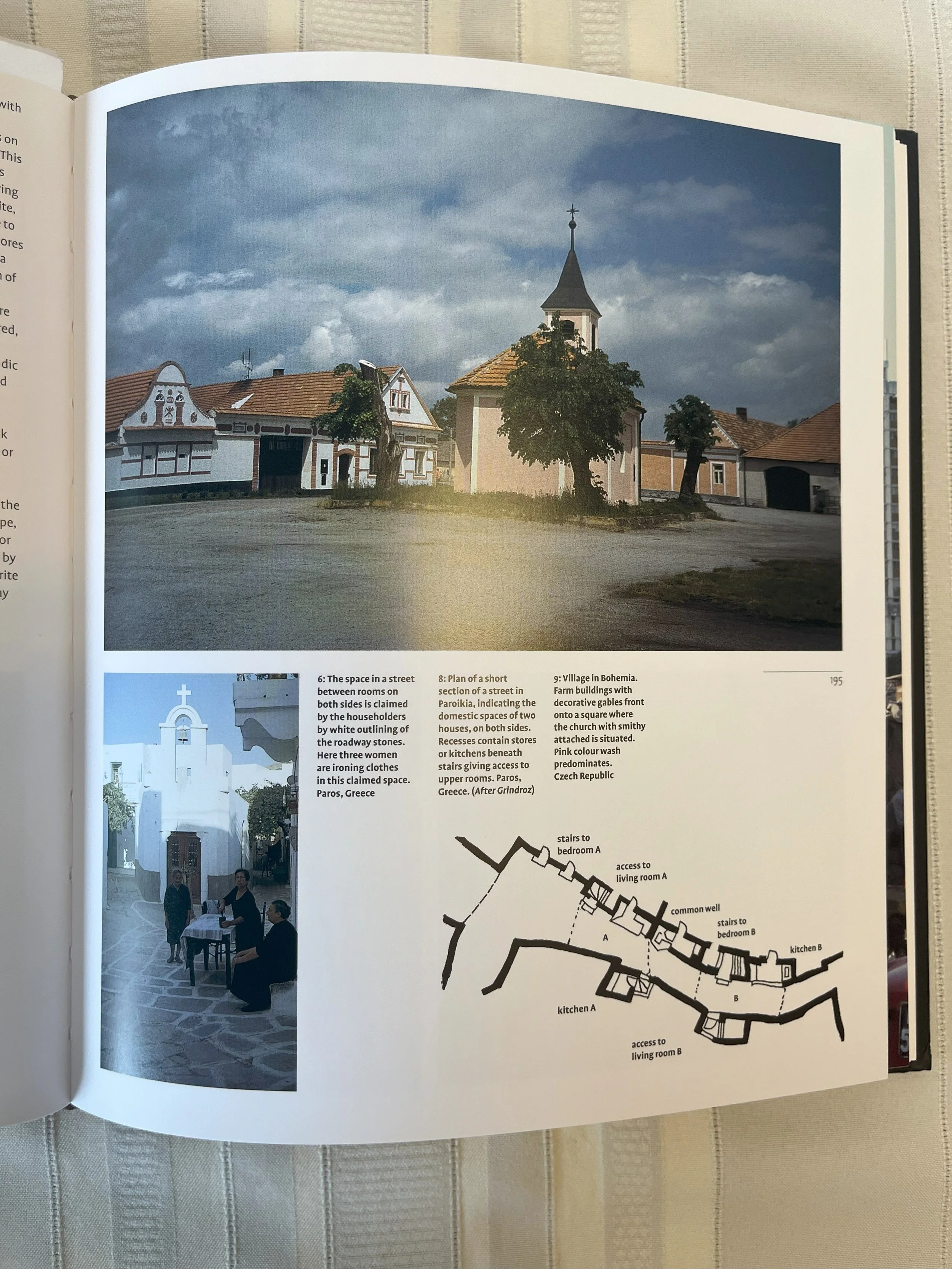 Image 13 of 13
Image 13 of 13














Dwellings: The Vernacular House World Wide by Paul Oliver
Author: Paul Oliver
Publisher: Phaidon Press Inc., 2003
ISBN: 0-7148-4202-8
Hardcover
Page Count: 288
About 98% of the time when we hear the word ‘vernacular’ it refers to language spoken by the masses of average citizens. But it is used as well in architecture, where it means concerned with domestic and functional rather than public or monumental buildings. The author, an academic and architect, investigates what this means for the 90% of the world’s homes that house the average person. That is over a billion homes now, or a mere 800 million when he wrote it. While it is slightly academic in spots, there is a lovely flow between helpful exposition and images. It is also generous in covering vernacular housing around the world rather than in just 1-2 regions.
This is the second edition of the work, 16 years after edition 1. There had been enough interest and multi-sectoral critical response that he was moved to expand is interpretive lenses to include new thinking in cultural geography, gender studies, sociology and anthropology. That free play of ideas is the warp and woof—a vernacular phrase if ever there was one—of scholarship. Warp and woof probably describes the materials used in many vernacular houses as well. Thus the two vernacular realms meet.
Condition: Good in all aspects.
Author: Paul Oliver
Publisher: Phaidon Press Inc., 2003
ISBN: 0-7148-4202-8
Hardcover
Page Count: 288
About 98% of the time when we hear the word ‘vernacular’ it refers to language spoken by the masses of average citizens. But it is used as well in architecture, where it means concerned with domestic and functional rather than public or monumental buildings. The author, an academic and architect, investigates what this means for the 90% of the world’s homes that house the average person. That is over a billion homes now, or a mere 800 million when he wrote it. While it is slightly academic in spots, there is a lovely flow between helpful exposition and images. It is also generous in covering vernacular housing around the world rather than in just 1-2 regions.
This is the second edition of the work, 16 years after edition 1. There had been enough interest and multi-sectoral critical response that he was moved to expand is interpretive lenses to include new thinking in cultural geography, gender studies, sociology and anthropology. That free play of ideas is the warp and woof—a vernacular phrase if ever there was one—of scholarship. Warp and woof probably describes the materials used in many vernacular houses as well. Thus the two vernacular realms meet.
Condition: Good in all aspects.